Affiliate links on Android Authority may earn us a commission. Learn more.
Ever notice Android OEMs seem to avoid talking about the fact they use Android?
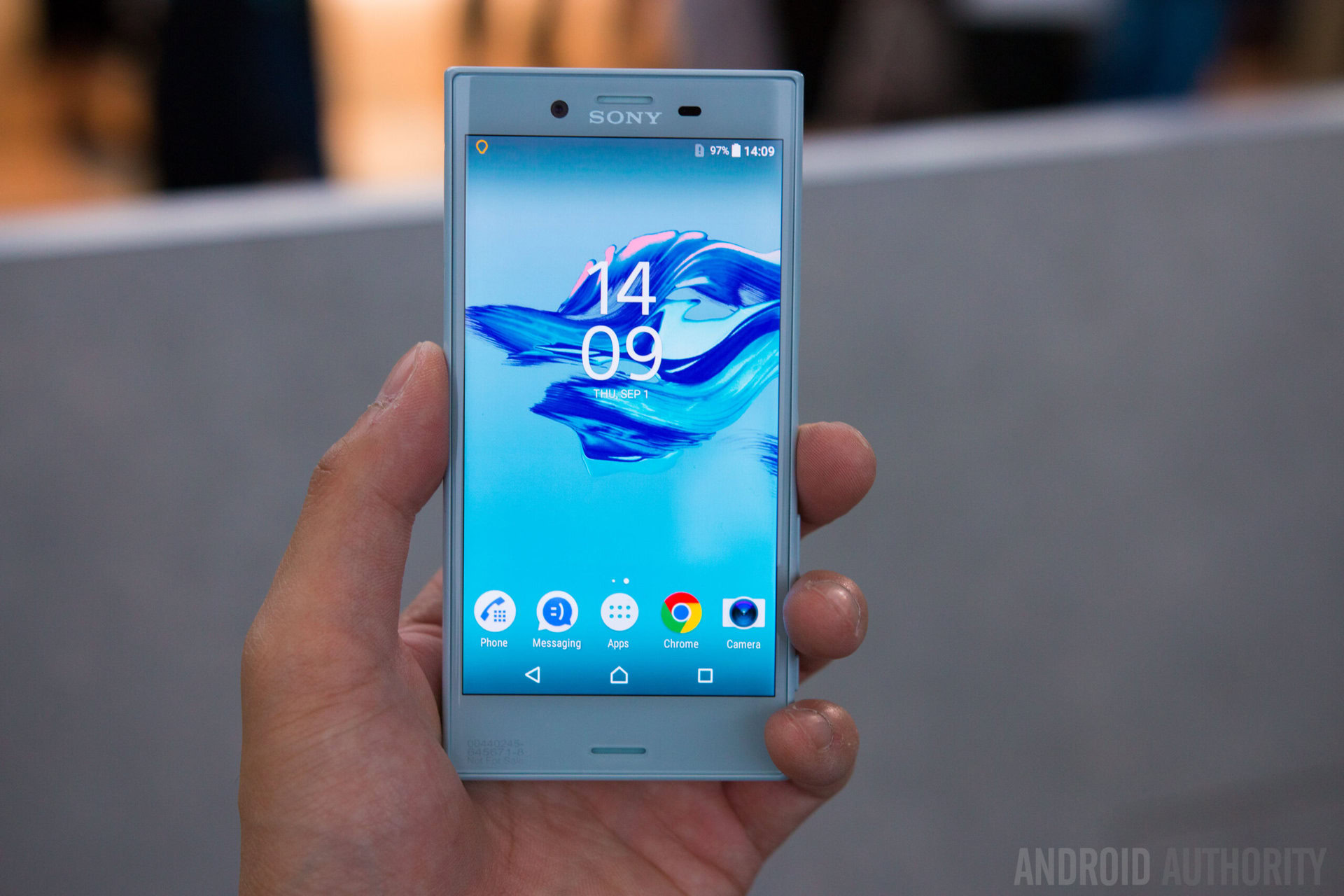
If you’ve ever watched an OEM event like like Samsung’s Unpacked, or attended (virtually, or otherwise) a press conference from MWC, IFA, or elsewhere, you may have noticed that for all the things that these companies talk about, there is one subject that often gets avoided entirely. For some reason, many Android handset manufacturers seem to have an aversion to the word “Android”.
With Google’s beloved OS being the foundation on which the majority of these mobile tech conglomerates have built their success, you’d think that Android would be respectfully, if not lovingly, mentioned during presentations for new devices. After all, they do run on Android in spite of any aesthetic changes made or features added, but you wouldn’t know that by listening to how OEMs are presenting their devices.
However, the loss of Android’s identity isn’t the only problem that this creates. By all appearances, it seems that shifting focus from Android to OEM skins allows companies to launch brand new phones that run outdated versions of Android without having to reduce the cost. If Android’s role in the equation is minimal, then it should make no different that the latest $800 smartphone is running last year’s version of Android, right?
It’s definitely an odd situation. Just last week The Verge brought up this very subject, but we wanted to share our own thoughts on the matter as well. By the end of this discussion, you’ll better understand why OEMs have downgraded the Android operating system from the centerpiece of the Android smartphone market to mere wallflower.
An identity crisis in bloom
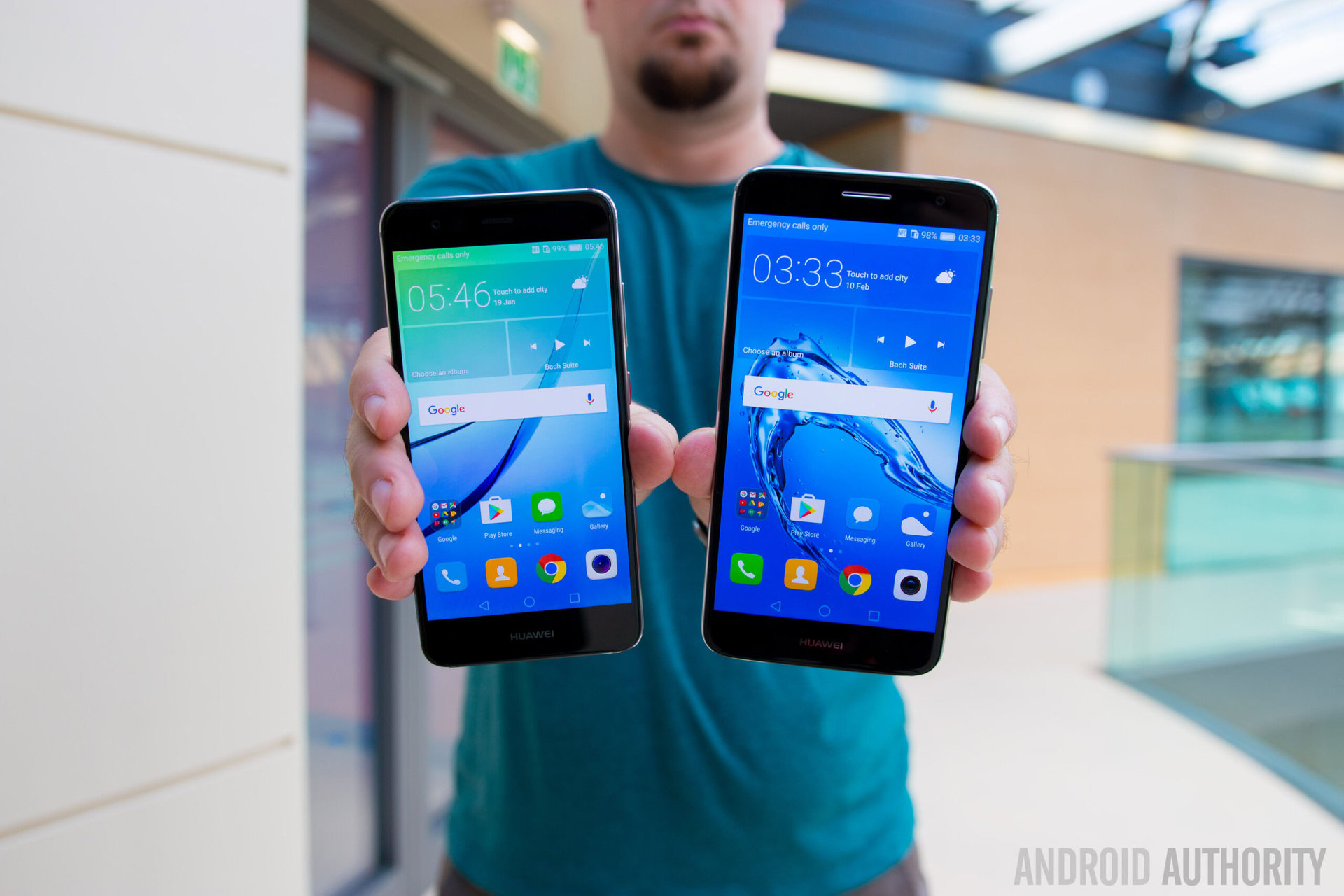
Although there are many differences between Android and iOS, one of Android’s most fundamental differences has always worked to its advantage, in that it’s an open-source firmware available on a wide variety of devices. If you’re an iOS user, your only choice is to get one of just a couple generations of iPhone available at any given time. By comparison, Android has always been a much more fluid operating system, appearing on a plethora of devices with their own unique hardware offerings to complement Google’s mobile OS.
Ironically, this is a major factor in one of the greatest weaknesses of Android: With so many different devices running Android, it’s hard to keep them all up to date, especially when you consider the changes that most OEMs make to Android. In theory, it could be as simple as flashing the latest version of Android on the day it comes out; instead, OEMs have to rework new releases of Android, meantime creating many different variations of their custom Android so that they can accommodate each of their devices’ specifications. And this doesn’t even account for the tests and modifications that wireless carriers must make to OEMs’ Android updates to make sure they function appropriately on their networks and, of course, to add carrier bloat.
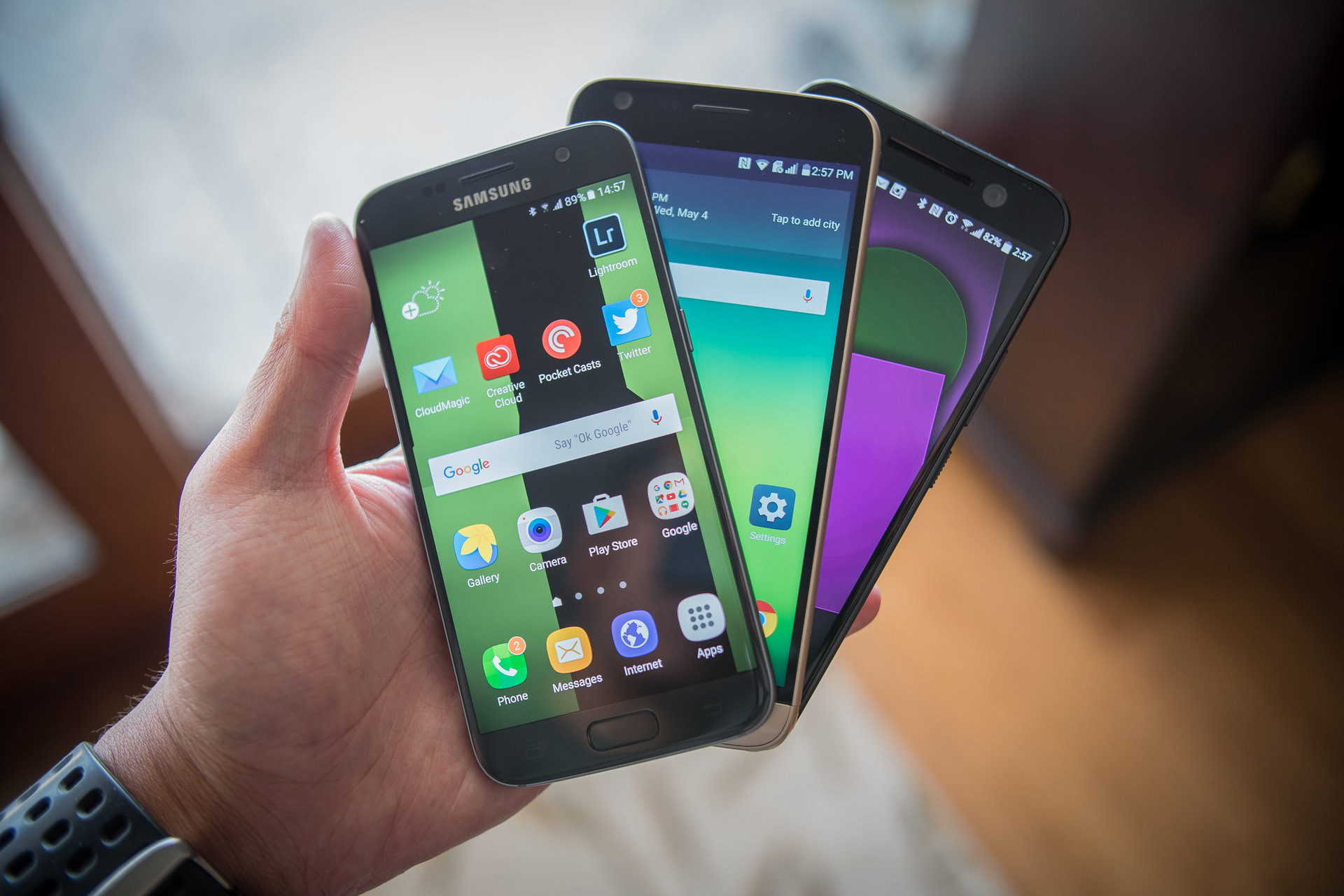
This process has resulted in something of an identity crisis for Android. The majority of Android users are actually using reimagined versions of Android such as Samsung’s TouchWiz, HTC’s Sense UI, LG UI, HUAWEI’s Emotion UI, Sony’s Xperia UI, and the list goes on. In fact, one of the few opportunities to use pure, unadulterated, or “vanilla”, Android has been with Google’s own Nexus line of handsets which offer a stock Android experience (although we’ve heard through the grapevine this may no longer be the case). While this disparity was only incidental at first, OEMs seems to be consciously distancing themselves from Android, preferring to instead refer to the operation system running on their devices by their respective skins.
More alike than different
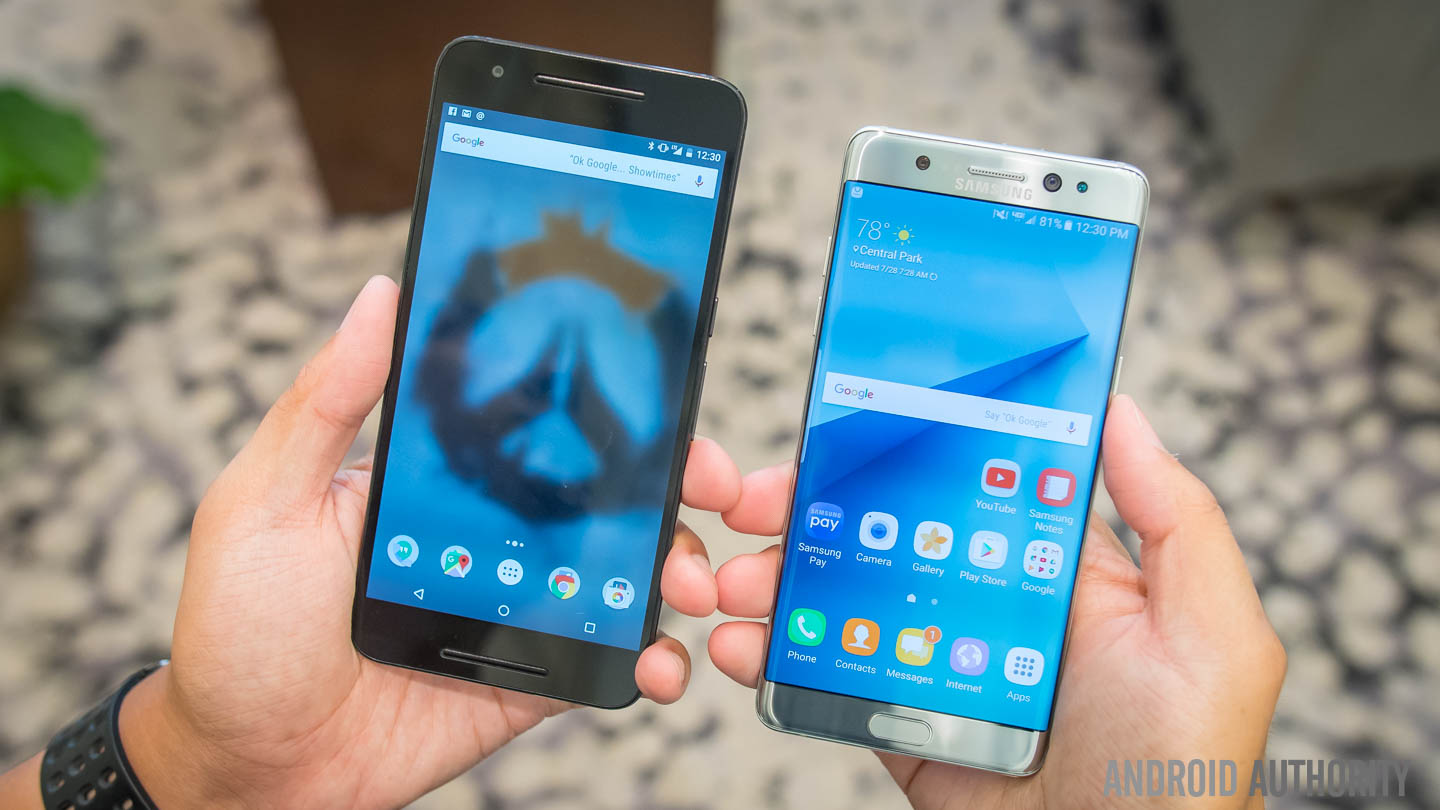
The skins that are the most well-received tend to be those that most closely resemble Android, but when it comes down to it, OEMs’ skins are more similar to Android than they are different. Oftentimes it’s mere cosmetic changes that are the defining differences although some skins do add some additional functionality or personalization options. More often than not, a lot of the characteristics that are meant to distance devices’ firmwares from stock Android can be downloaded right from the Google Play Store. Take Sony’s Xperia line as an example; you can use many Xperia apps on any device with just a simple download. In many cases, the experiences OEMs are allegedly offering by pushing their modified versions of Android aren’t always limited to the original devices.
When you consider that the fundamentals of Android remain much the same throughout the Android smartphone market, you might begin to wonder why, exactly, OEMs seem to be avoidant when it comes to mentioning Android by name.
A case of misdirection
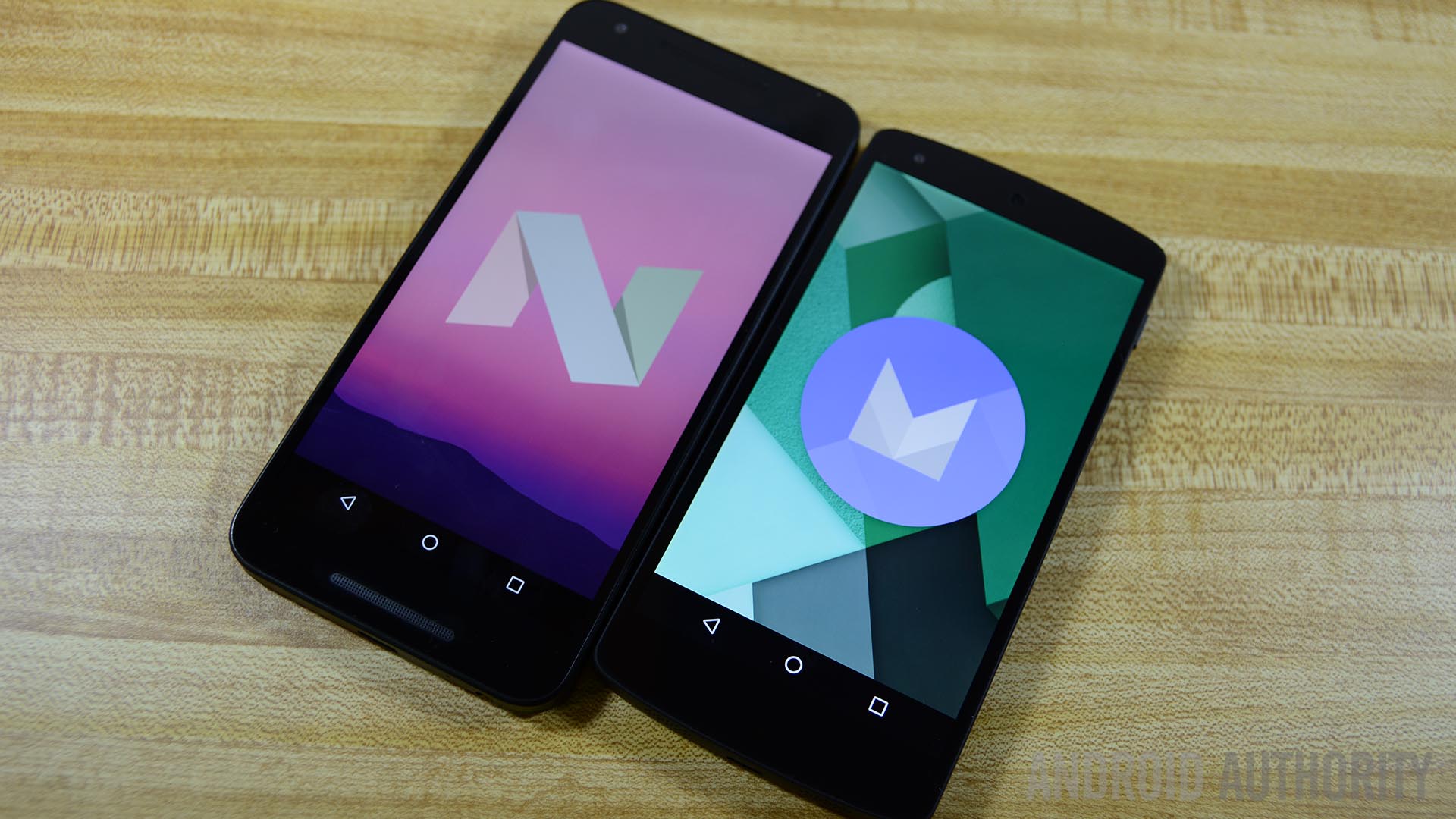
In addition to vanilla Android, there are many other “flavors” of the operating system with each smartphone manufacturer taking it upon themselves to modify the software, changing the aesthetic or adding additional features. While this diversity gives people options, it has reached the point of being much more a limitation than an advantage. Android is extremely fragmented despite Google trying to take more control over the Android experience.
So far, it’s been largely up to smartphone manufacturers to update their devices. This has been a major point of contention because while there have been those OEMs that have updated devices relatively quickly (i.e., Lenovo-rola), the vast majority have been extremely slow to update devices to newer versions of Android. And it’s pretty clear the OEMs are aware of this by their reluctance to mention Android by name.
Just over a week ago, Google released Android 7.0 Nougat. That day, Nexus devices either received the update over the air or were able to update their phones manually shortly thereafter. For virtually everyone else, the day Android Nougat was released signaled the start of what could be a pretty long wait for our Samsungs, HTCs, LGs, ZTEs, Motorolas, and many other devices. And for a number more, they will never see an update.
Where this becomes a bit of a problem is when you consider that there have been a lot of really promising devices to be released very recently and we saw an entire lineup of upcoming devices being presented at IFA recently. And you know what’s interesting? All these devices are or will be running last year’s version of Android.
The Samsung Galaxy Note 7 was officially released just three days before the release of Android Nougat, and while Samsung has assured that the device will see a swift update, in Samsung Speak that means at least a couple months. In other words, this brand new, top-of-the-line, 900-dollar device is running year-old Android. The same thing goes for the phones we’re seeing presented at IFA. They’re all going to ship with last year’s Android Marshmallow, despite the fact that Nougat was released over a week ago; however, by avoiding any mention of Android and calling out that its a “new version” of EMUI, Xperia UI, or whatever have you — these companies are hoping we won’t realize that all their new devices are already outdated before they’re even released.
Not all Android devices are created equal
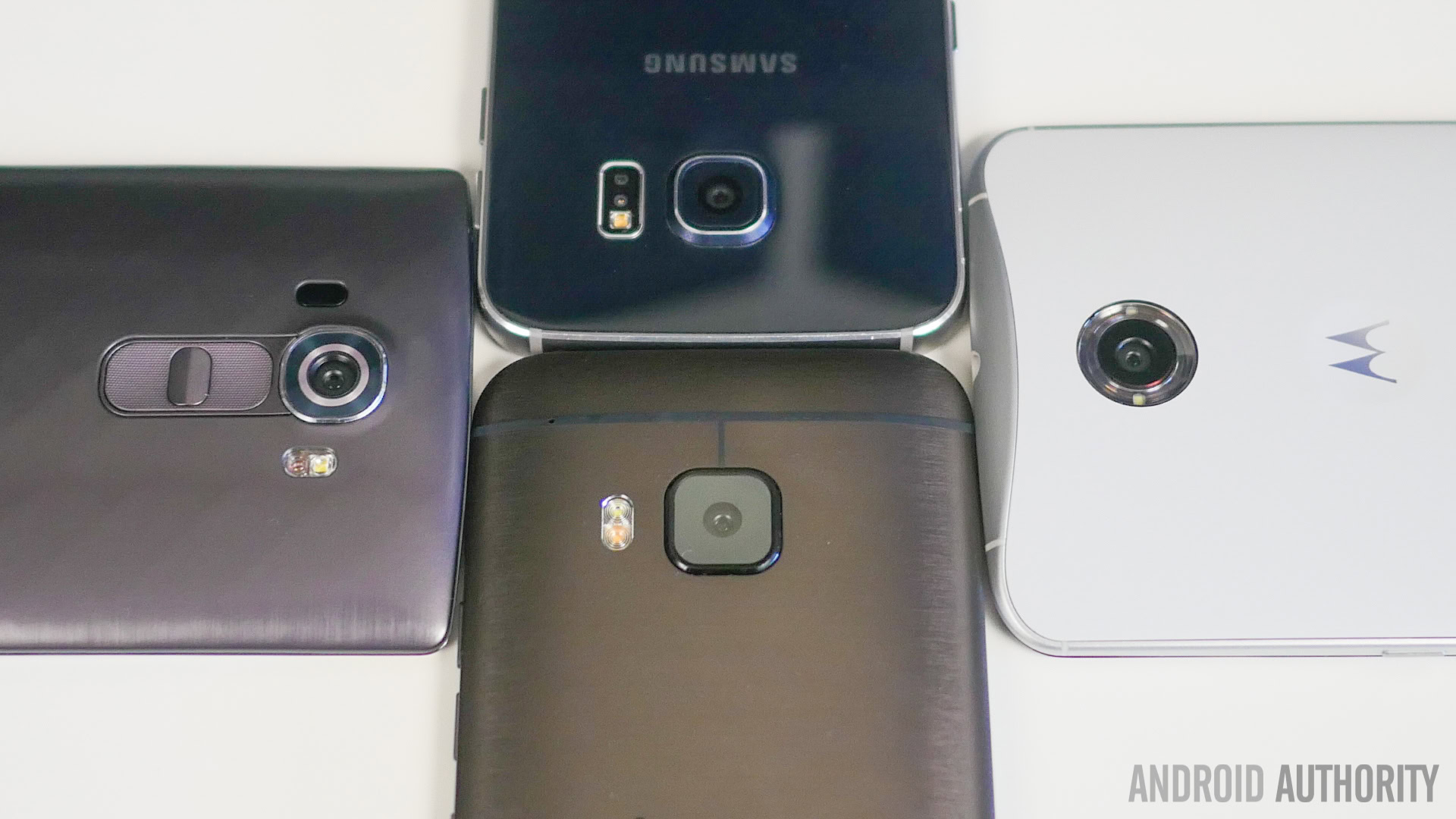
The refusal to mention Android isn’t doing anybody any favors. Sooner or later, we’re all going to realize which devices are launching with old versions of Android, but that’s not even the main issue.
In addition to the software experience, the devices that OEMs make differ in terms of hardware, design, and features. Where Android is currently the unspoken elephant in the auditorium, OEMs should be explaining how Android Marshmallow complements their devices’ hardware. Why did they decide to release devices running old Android the month after new Android was released? How did they marry the functionality of Android with hardware? Will these devices they’re so excited about be abandoned and stop receiving updates or support in two years? How aggressive will they be with getting us updates?
It makes sense that OEMs would want to spend more time talking about hardware since that’s their contribution to the smartphone equation. However, users need to know about the software that’s running their devices. Sidestepping the matter is only making users less trusting of Android. Sure, not all OEMs are necessarily that bad at this, and several have even improved their software to make it stock-like in recent times. Still, it seems that even though we are seeing more stock-like software, OEMs seem hesitant to call out Android specifically by name, as it is easier to avoid talking about Android versions than to actually move quickly and keep up with Android updates.
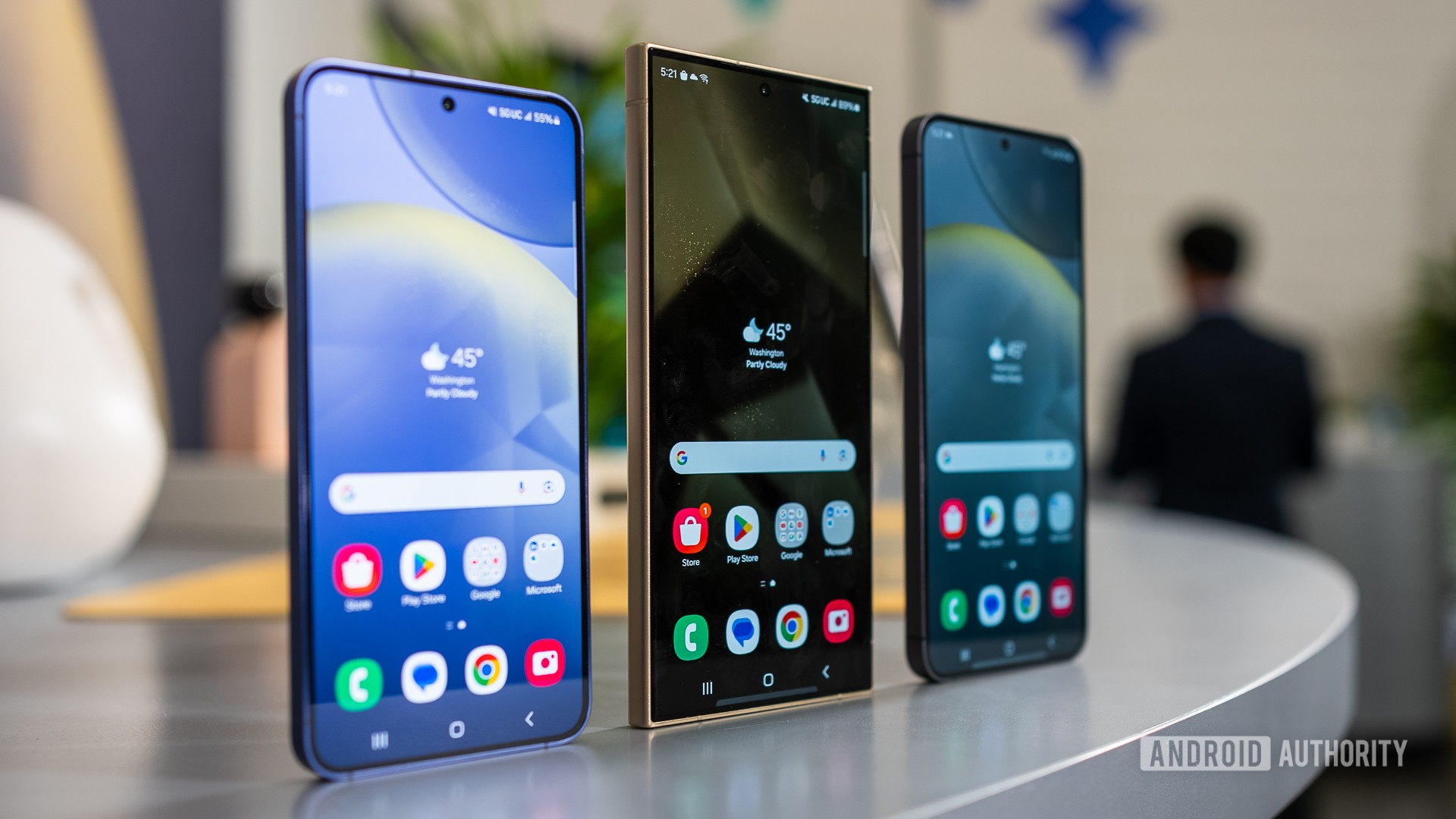
Apple is going to be releasing the latest generation iPhones in the very near feature, and the newest version of iOS. There’s no question that the iPhone 7 will be running that new version of iOS. Meanwhile, we must wait until the launch of the LG V20 later today before we see the arrival of a phone that runs the latest version of Android out of the box. And, aside from the Nexus family, we are likely months out before Nougat begins to officially surface on existing phones.
What are your thoughts on this issue? Had you noticed that OEMs seem to be crop Android out of the picture? Do you agree that Android is having a bit of an identity crisis? Is it a big deal that OEMs ship with older OS versions or do their customizations make up for this anyhow? As always, sound off in the comments below.